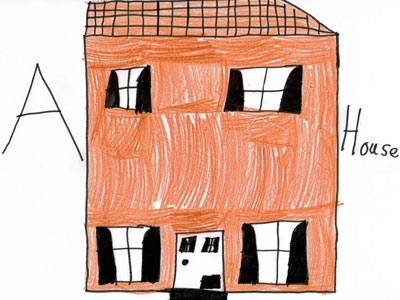
Children’s homes will be judged on the progress young people make while living there under plans unveiled by Ofsted today.
The inspectorate also intends to replace the current ‘adequate’ rating with a new judgement of ‘requires improvement’.
Ofsted’s proposals are set out in a consultation document that says the new inspection framework will be introduced from 1 April 2014 and will apply to children’s homes, short-break services, secure children’s homes and refuges under section 51 of the Children Act 1989.
Announcing the consultation, the watchdog described its plans for a ‘tough new framework to improve standards in children’s homes and drive up quality for the country’s most vulnerable children’.
Once introduced, inspectors will focus on the overall experience and progress of children, rather than the overall effectiveness of the home as under the current framework. Any home that fails on this aspect of its work will automatically be rated inadequate.
Ofsted will also look at the ‘impact and effectiveness of leaders and managers’ and ‘working in partnership with others to improve outcomes’. Homes that fail on either of these will be limited to a rating of inadequate or requires improvement.
The leadership and management judgement will be adversely affected if managers and care staff at the home do not have the qualifications set out in the national minimum standards within the prescribed timeframe.
The consultation document also sets out criteria for judging what makes a good or an outstanding children’s home.
‘A significant move’
Debbie Jones, the national director for social care at Ofsted, said: “Ofsted has no greater responsibility than the inspection and regulation of services for vulnerable children and young people.
“Our inspections of children’s homes must focus on how it feels to be a child or young person living in this home, the progress and commitment there is to secure good futures for them, and the difference the professional staff there are making to the lives of the children living there.
“Children’s homes are and should be a positive option for children and young people and as such we want the staff to be the best they can and to do the most they can for children and young people. We also want to clearly identify those homes that are not doing enough.”
The Independent Children’s Homes Association welcomed the proposals.
“There is a lot here that takes us towards greater child centredness in inspection,” said chief executive Jonathan Stanely. “It could be a significant move to inspection becoming a learning and improvement support.”
But, he added, providers would have liked to have seen equal access to quality assurance, a return of a precedent log to make inspection decisions consistent and a return of the improvement function so “inspectors can give definitions and examples of what is seen as good practice”.
Under the proposals, which are out for consultation until 21 February 2014, children’s homes will have unannounced inspections twice a year – one full inspection and one interim inspection. Homes rated inadequate will have another full inspection within eight weeks.
Ofsted will examine the progress of every child in smaller homes. In larger homes, it will inspect the progress of a sample of the children.
As well as looking at the progress of children who have been at the home for some time, Ofsted will examine the quality of plans for children who have recently entered the home and assess the home’s contribution to the transition process for young people who have recently moved out.


 A trauma-informed approach to social work: practice tips
A trauma-informed approach to social work: practice tips  Problem gambling: how to recognise the warning signs
Problem gambling: how to recognise the warning signs 




 Find out how to develop your emotional resilience with our free downloadable guide
Find out how to develop your emotional resilience with our free downloadable guide  Develop your social work career with Community Care’s Careers and Training Guide
Develop your social work career with Community Care’s Careers and Training Guide  ‘Dear Sajid Javid: please end the inappropriate detention of autistic people and those with learning disabilities’
‘Dear Sajid Javid: please end the inappropriate detention of autistic people and those with learning disabilities’ Ofsted calls for power to scrutinise children’s home groups
Ofsted calls for power to scrutinise children’s home groups Seven in eight commissioners paying below ‘minimum rate for home care’
Seven in eight commissioners paying below ‘minimum rate for home care’
 Facebook
Facebook X
X LinkedIn
LinkedIn Instagram
Instagram
Comments are closed.